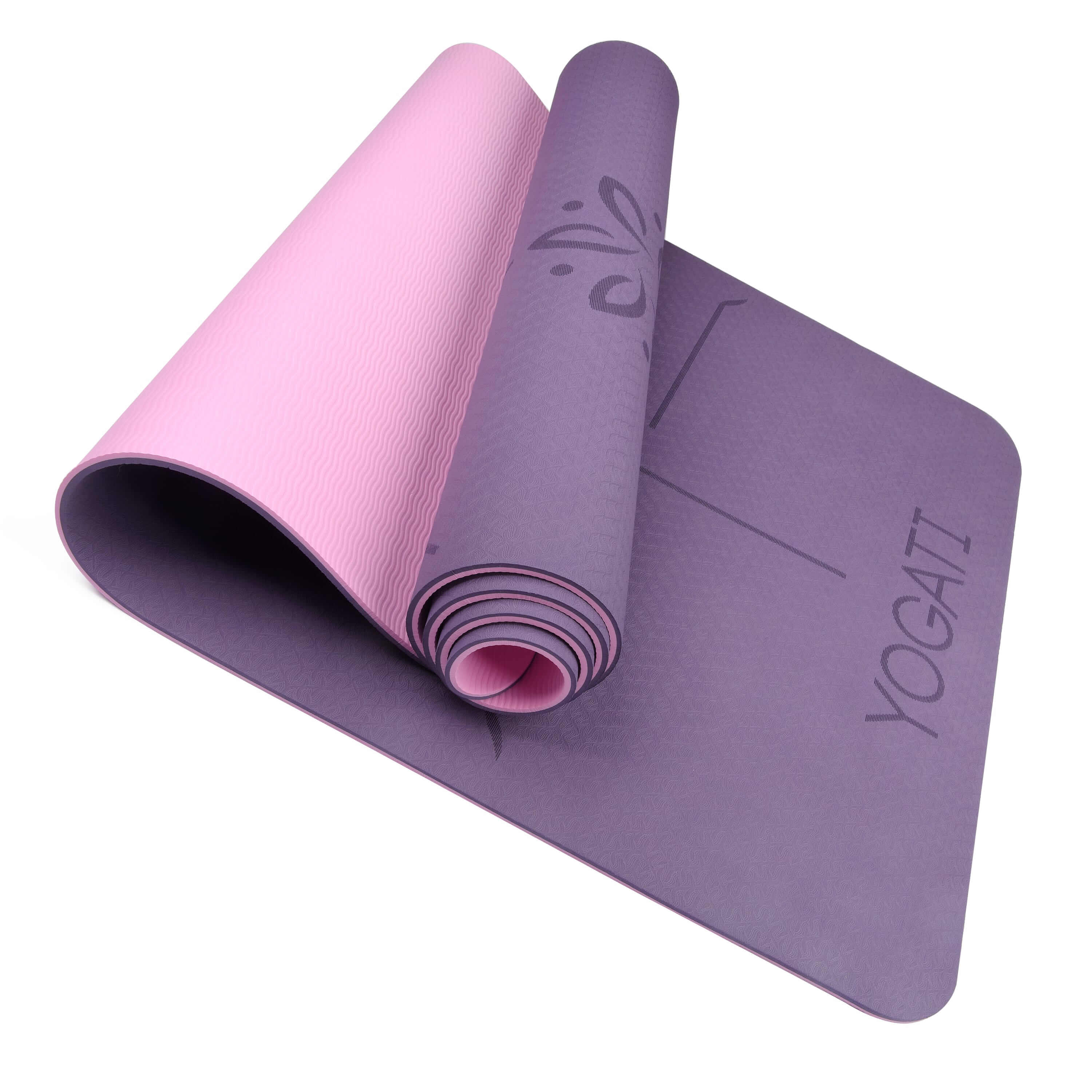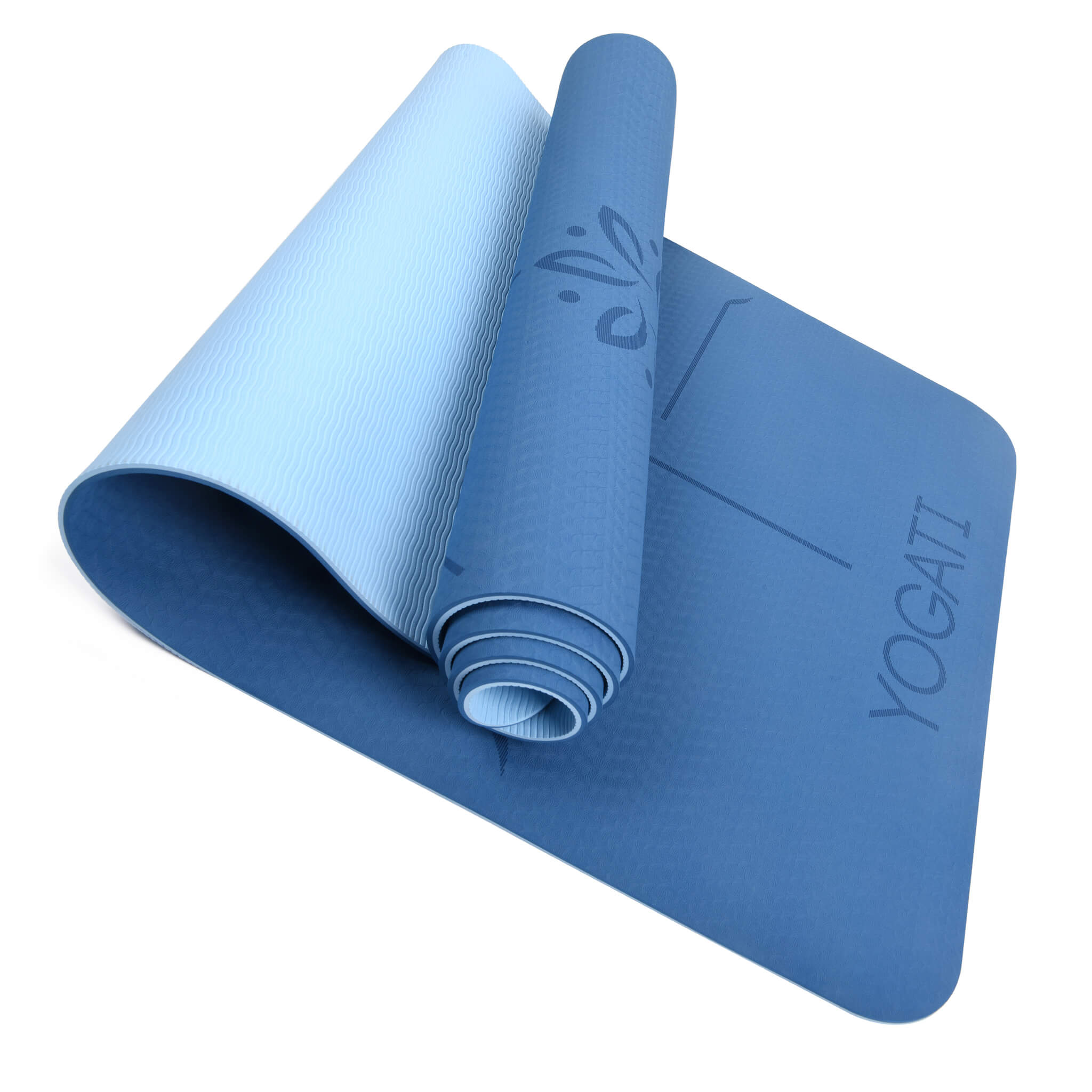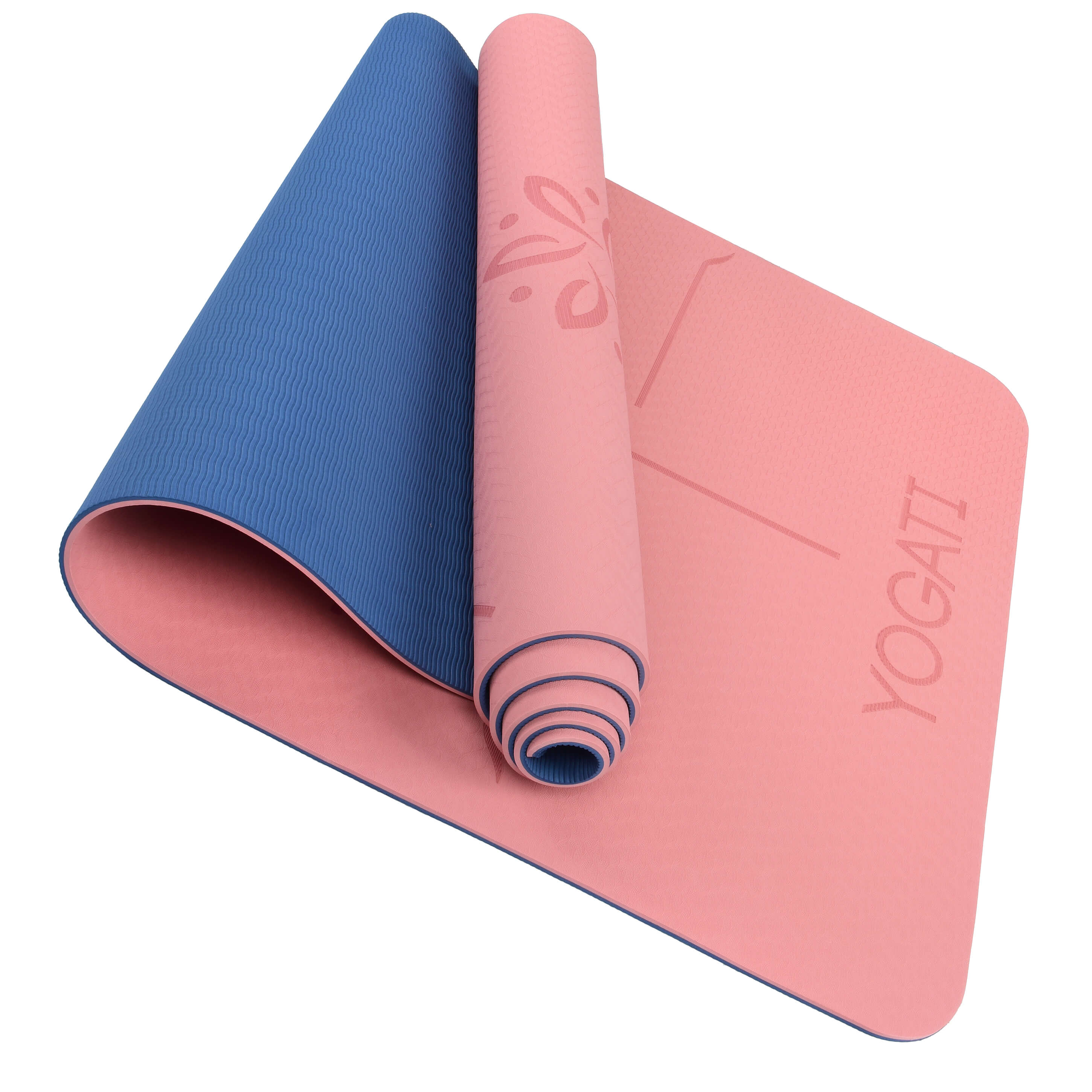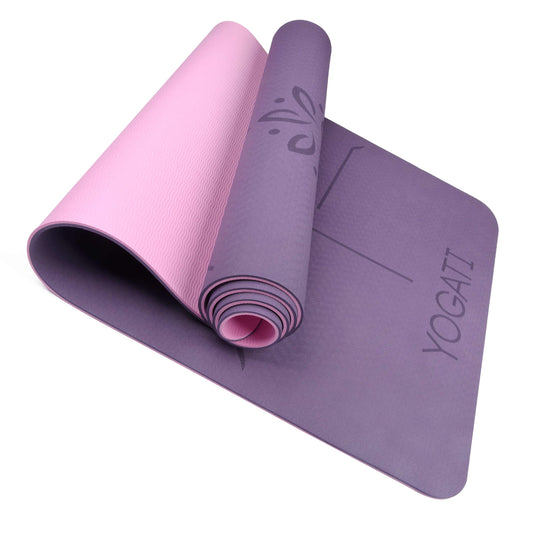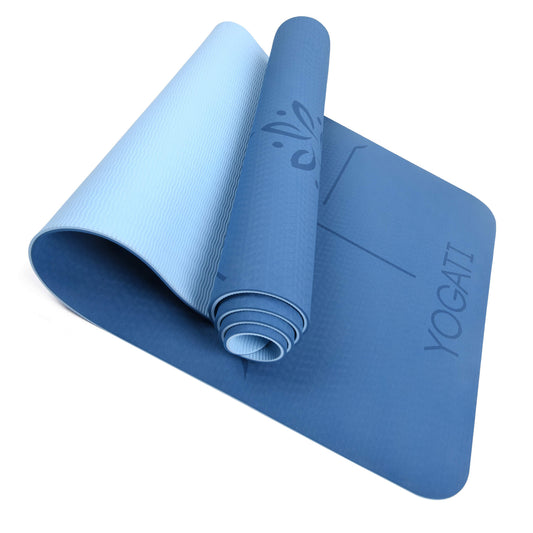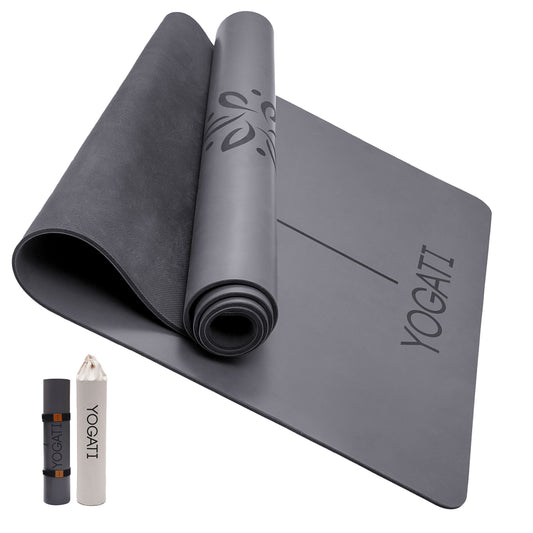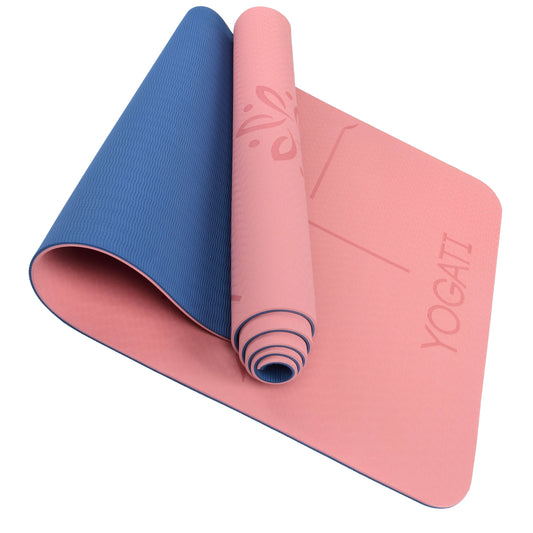Introduction :
I wrote this article to succinctly share the information I gathered regarding Yoga Nidra. Thus, I will accompany you, step by step, to make this practice clear and therefore benefit from its magical virtues.
First, Yoga Nidra evolved from the Sanskrit root Yoganidrā, which literally means lucid sleep. Yoga nidra has nothing to do with a practice aimed at improving the quality of sleep. Yoga nidra is a practice of concentration, meditation and contemplation in its own right, practiced in corpse pose, which allows you to dive consciously into the unconscious.
As you know, life is not a long calm river. It is made up of ups and downs, hence the need to take care of our health and take breaks throughout our days. Moreover, stopping constantly allows us to regain our strength, our breath and start again in a more productive way, while discovering our self.
But the question that arises is how to take breaks effectively?
Did you know you can get an hour of sleep in just 15 minutes? It sounds weird, but that's what I felt after my first sessions of this discipline: It's the effect of this ultra-powerful ancestral relaxation called Yoga nidra which reduces stress and increases inner peace.
Intriguing isn't it? How exactly can this practice provide restorative rest in our entire lives?
What is yoga nidra exactly?
Yoga nidra or the body scan (body scan) is an ancestral method of relaxation, a real science of being developed by Swami Satyananda , a great Indian master brilliant in the knowledge of the traditional texts of yoga , as well as in that philosophy or neurophysiology.
This form of yoga, practiced in a lying position, helps to generate a state of physical and mental well-being, thus dispelling the stress and tensions accumulated during the day. After a session, you will feel that your body and mind are both alert and relaxed.
In general, it consists of taking a journey of consciousness in all parts of the body, focusing only on the sensations, both internal and external, of each part of the body.
Yoga nidra is done according to a well-defined protocol and is always practiced after a good postural preparation of the body, which I will explain to you later.
Who exactly is it for?
This practice is recommended if you are anxious, agitated, stressed or tired, or if you suffer from sleep disturbances because you are simply constantly replaying the film of your day, or even if you have had a difficult time. It's a perfect way to relax and adopt a zen attitude.
In addition, yoga nidra can be practiced at any age, regardless of your fitness level, without the need for any prerequisites or equipment.
How can we practice it?
First of all, there are conditions required for optimal practice, namely: a quiet place, dim light, a pleasant temperature…. Regarding the best times to practice it are early in the morning and in the evening before bedtime.
To begin this exercise, you must lie on your back on a mat, arms slightly oblique to your trunk, using a blanket or cushion under your thighs and/or under your head for better comfort. This pose is called Shavasana (corpse pose).

Next, start by focusing on your heels, one at a time. Feel the anchor in the ground. Then bring your attention to the soles of your feet and concentrate on your sensations. Thus, do the same with the insteps, the big toes, then each of the other toes, before gradually going up on the ankles, calves,...
During this exercise, be awake to your vibrations, tingling, sensations of hot, cold, or even an absence of sensation in certain parts of your body. If thoughts arise, which is completely normal at first, gently but firmly bring the awareness back into the body. You can then repeat your wish, one or more times, usually on a breath hold. This vow is called Sankalpa .
At the end of the session, you should feel relaxed and relaxed, ready to fall asleep peacefully.
If you find it difficult to discipline yourself or your mind is too restless to conduct the exercise yourself, let a soft voice guide you. You can hire a qualified teacher, or you can find many guided relaxation CDs for this type of exercise, as you can download some recordings available on websites.
For the duration of this exercise, it can vary between 30 minutes and 1 hour.

What are its benefits?
There are several benefits of yoga nidra, most of them scientifically proven. I present some of them below:
- This practice will give you the opportunity to get to know yourself intimately, while letting go of your negative thoughts. Moreover, according to a study carried out , researchers have deduced that yoga nidra increases the level of dopamine (the hormone of happiness).
- For people with sleep disorders, yoga nidra transports those who practice it into a state of deep relaxation, to reduce sleep disorders and therefore relax more easily at bedtime.
- Yoga nidra reduces fatigue, stress and anxiety, therefore recharging the batteries, controlling your emotions and being more relaxed on a daily basis.
- regular practice helps strengthen your immune system.
- This discipline will allow you to develop your consciousness and expand your latent potential;
- Yoga nidra partially relieves feelings of hopelessness and depression associated with chronic illnesses.
- This practice is very useful in the context of personal and spiritual development, to know oneself better.
What are the keys to success in yoga nidra?
Generally four essential elements must intervene in the course of a yoga nidra session: the rotation of consciousness, the awareness of the breath, the development of sensations, the visualization (of stories, of images).
During this exercise, focus your attention on each part of the body from the feet to the top of the head, by issuing an intention of relaxation. By focusing our attention for a long time on each part of the body, try to concentrate only on the internal and external sensations, and thus reduce the mental chatter, which is often the source of your tensions and your insomnia.
Try to stay fully present and not drift off to sleep, even if it's a common temptation at first to arise. Especially if you practice this meditation after a day of work.
What is the difference between yoga nidra and meditation?

In most times yoga nidra is considered similar to meditation. Besides, the benefits are similar and the reasons why people practice these exercises are the same. But there are many distinct differences. I present to you a few:
- The physical position: for meditation, it is practiced sitting on a cushion on the floor. As for yoga nidra, it is practiced in the Shavasana position, that is to say, lying on your back, arms slightly oblique to the trunk, using a blanket or cushion for better comfort.
- Mindfulness: During meditation, you consciously place your attention on a single anchor – usually the breath or a mantra . While yoga nidra is highly guided and draws your attention to specific places through a series of steps, which makes relaxation easier than meditation.
- The state of consciousness: In meditation, practitioners remain in what is called the waking state of consciousness, which is the state of consciousness where we spend most of our waking hours. As for yoga nidra, you enter the deep sleep state of consciousness while remaining, paradoxically, awake.
Conclusion :
By way of conclusion, remember that yoga nidra is a precise, rigorous and progressive method, which aims for a perfect mental and physical balance.
As the great master Swami Satyananda said, “Yoga Nidra is the yogic tranquilizer, the natural means of establishing harmony throughout the organism”.
The regular practice of this exercise, at least once a week, allows access to the deep resources of well-being present inside each of us and calms our mind. So enjoy a boost of energy and immense physical and mental relief.
Finally, are you ready to dive into the wonders of this practice?
Feel free to share your feedback in comments.
For readers wishing to know more about the subject, I suggest you consult these books:
- Yoga Nidra by Swami Satyananda Saraswati. Yoga Publications Trust, 2003.
- The awakening of the senses. Living in the moment through mindfulness, by Jon Kabat-Zinn. Les Arènes Editions, 2009.


